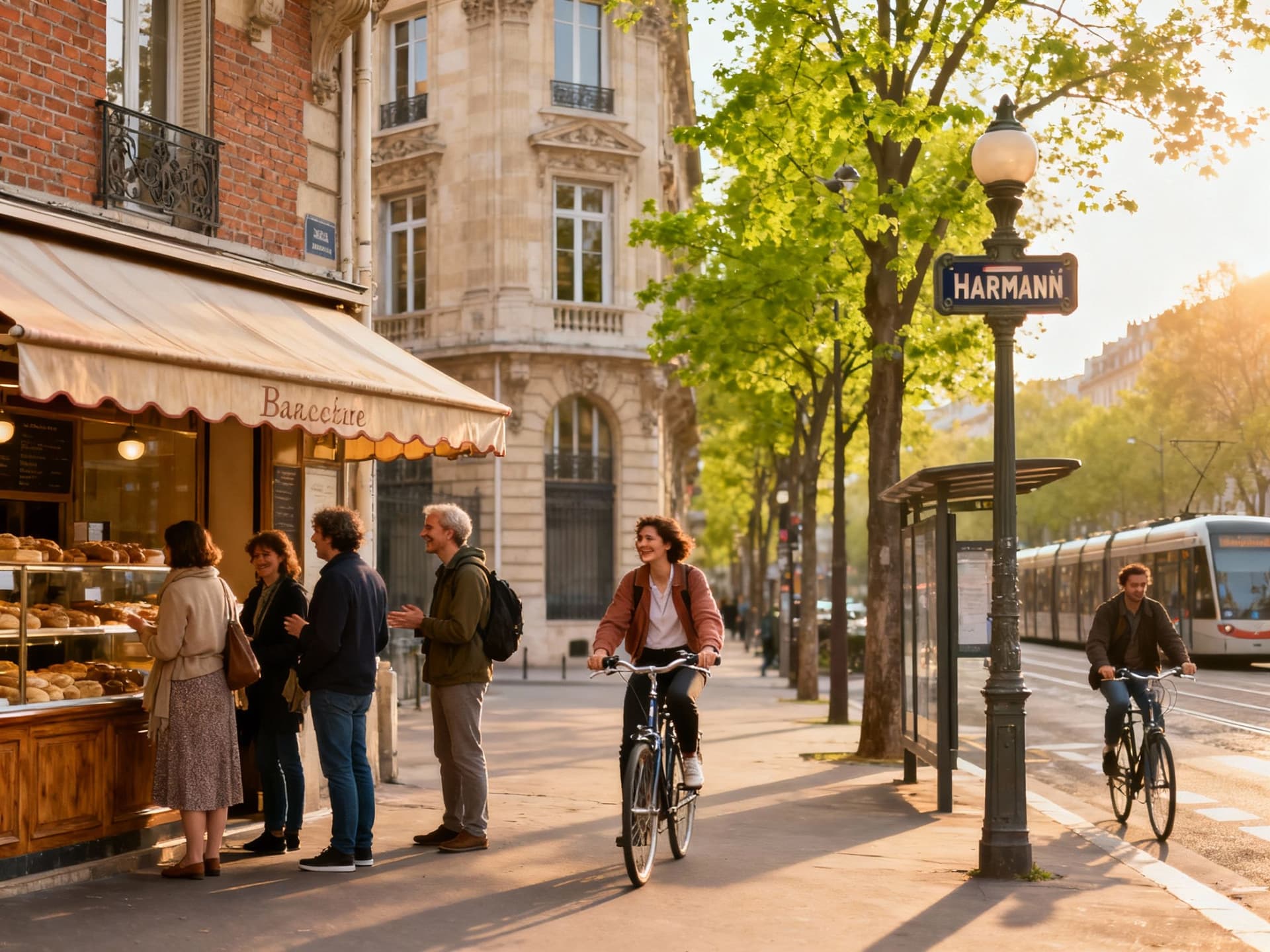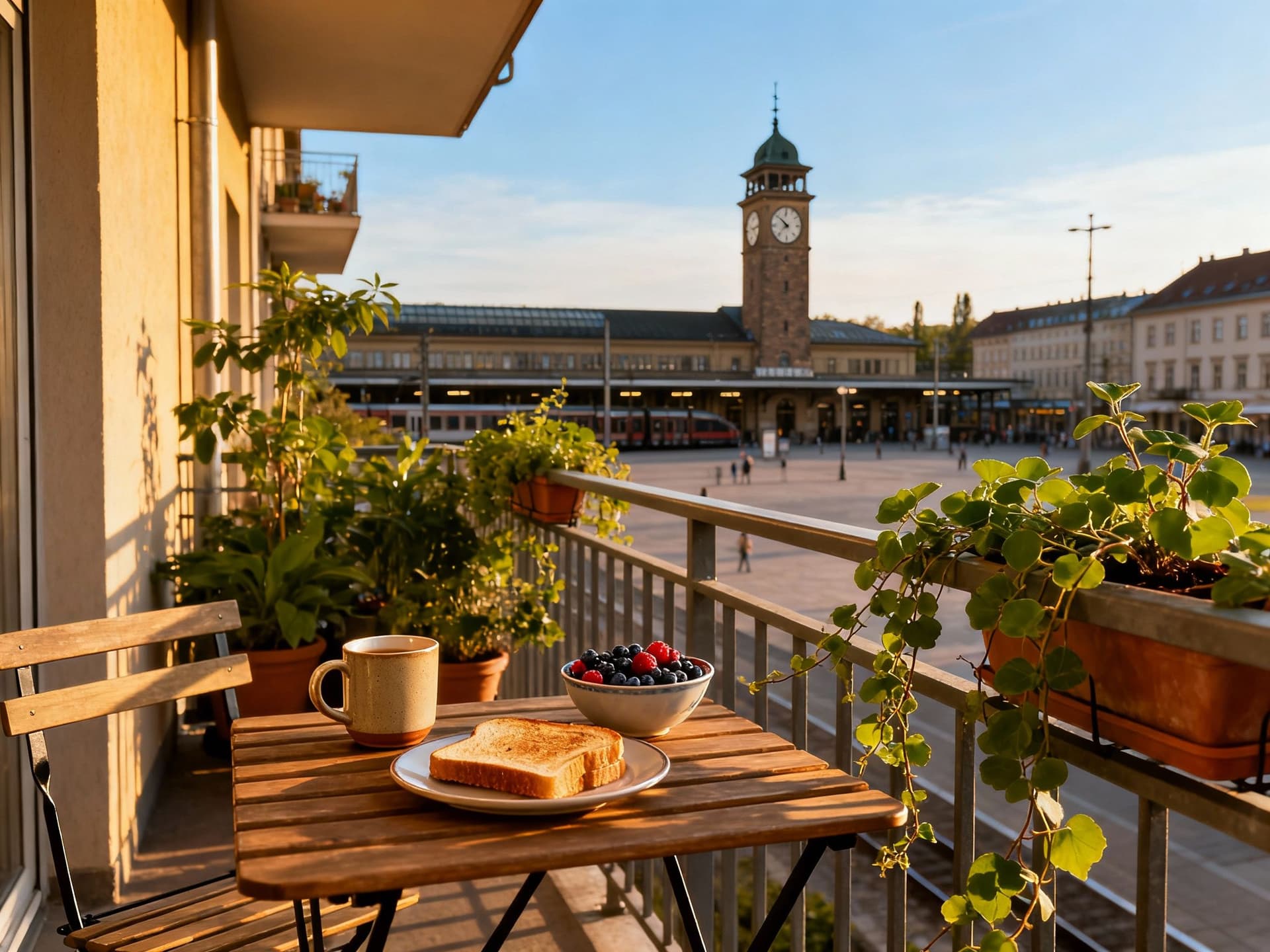Station catchments and the French yield: where transport creates value
France’s charm meets hard infrastructure: how rail, metro and airports re‑rank value—use station catchments, not romance, to protect yields.
Imagine walking down Rue des Martyrs in Paris at 09:30: the boulangerie’s window steaming, a barista tamping, a tram gliding past — and knowing you can reach Lyon or Bordeaux by high‑speed rail before dinner. France’s daily rhythms are both provincial and hyper‑connected, and that tension is the single most important infrastructure story for buyers.
Living the French life — where transport shapes routine

France is simultaneously dense and dispersed: a 68.6 million population distributed between megaregions and charming mid‑sized cities. That distribution, and recent demographic shifts, directly affect rental demand and local services — essential variables for yield projections. Commuter rail, regional airports and new metro links change who rents where and when. Evidence: recent INSEE demographic reporting shows national population dynamics that underpin migration and housing demand patterns.
Paris, suburbs and the commuter premium
In Paris the equation is direct: faster, more reliable connections expand effective labour markets and push the commuter premium outward. The Grand Paris Express is not just a mobility scheme — it’s a value‑shift machine for station neighbourhoods. For buyers, that means paying attention to station catchments and delivery timetables is as important as street‑level charm.
Regional cities: accessibility re‑ranks opportunity
The TGV effects are uneven: some secondary cities (Nantes, Le Mans) saw notable uplifts when travel‑time to Paris fell. That creates value opportunities in regional centres where cap rates and price per m² are more attractive than core Paris — but only where connectivity actually changes commuting and business patterns.
- Lifestyle & connectivity highlights to watch
- Take an apartment near Gare de Lyon or Lyon Part‑Dieu: instant national access, steady corporate rental demand.
- Choose a townhouse in Nantes or Le Mans within a 10–15 minute walk of the station and you often gain both capital appreciation and tenant pool diversification.
Making the move: practical considerations that preserve yield

Lifestyle is the hook; infrastructure is the engine. Recent notaire indexes show a market that corrected after 2022 and began stabilising mid‑2024–2025. That means buying near improving transport links can capture recovery upside while limiting downside — but only with careful cost modelling that includes transaction taxes, renovation and energy‑retrofit bills.
Property types and the transport premium
Historic Haussmann flats in central Paris hold capital but give low yields; small regional apartments close to TGV stations deliver better gross yields and shorter void periods. Match housing format to tenant profile: corporate short‑lets near airports, year‑round families near suburban schools and metros, students near university tram stops.
How local experts convert lifestyle briefs into investment metrics
- Work with a local agency to translate lifestyle priorities into financials: 1) map commute times and likely tenant segments; 2) run comparable rents and vacancy scenarios within a 1‑km station radius; 3) model energy retrofits against expected rent premiums; 4) factor in municipal development plans that can alter supply in 3–7 years.
Insider knowledge: what expats wish they’d known about French transport and living
Expats often underestimate lead times: infrastructure promises translate into market moves slowly. The Grand Paris Express, for example, is already reshaping development pipelines and amenity provision — but full neighbourhood transformation takes years. Expect incremental yield improvements, not instant windfalls.
Cultural and seasonal realities that affect occupancy
French rental cycles follow academic and tourism calendars. University towns and certain coastal communes show predictable seasonal demand; transport links that enable weekend travel (fast rail, low‑cost flights) increase flexibility for tenants and landlords. Factor seasonality into gross yield assumptions.
Longer‑term lifestyle + market signals
Demographic trends suggest net migration will remain a primary growth driver. For investors that means focusing on places with sustained in‑migration and improving accessibility (job centres, universities, connectivity) — these are places where long‑term rental demand and capital resilience align.
- Red flags linked to infrastructure claims
- Promised station = not guaranteed premium: check funding and construction schedule before paying a premium.
- Proximity myths: being 'near' a station matters in walking distance (≤500m), not just in the same commune.
- Local supply shocks (large social housing projects, new student campuses) can compress yields if not modelled.
A practical checklist before you make an offer
- 1) Confirm current price per m² and 3‑year trend from notaire/INSEE indices; 2) measure walking catchment to nearest major transport node (≤500m for strongest premium); 3) model three vacancy scenarios (1%, 4%, 8%); 4) include energy retrofit costs and timings in cashflow; 5) get written timeline for any planned transport upgrades.
France’s romance is real — the morning market, late dinners, the sense that a train can take you across a region before sunset — but the best returns come when romance meets evidence. Prioritise properties where infrastructure improves access to jobs, education or tourism flows, then stress‑test yield assumptions with local market data.
Next steps: ask a local analyst for a station‑catchment report, request recent pre‑contract indicators from notaires, and map tenant segments against transport timetables. With those inputs, lifestyle and yield can coexist — and that’s when France stops being a postcard and becomes a portfolio.
Swedish financier who guided 150+ families to Spanish title deeds since relocating from Stockholm in 2012, focusing on legal and tax implications.


